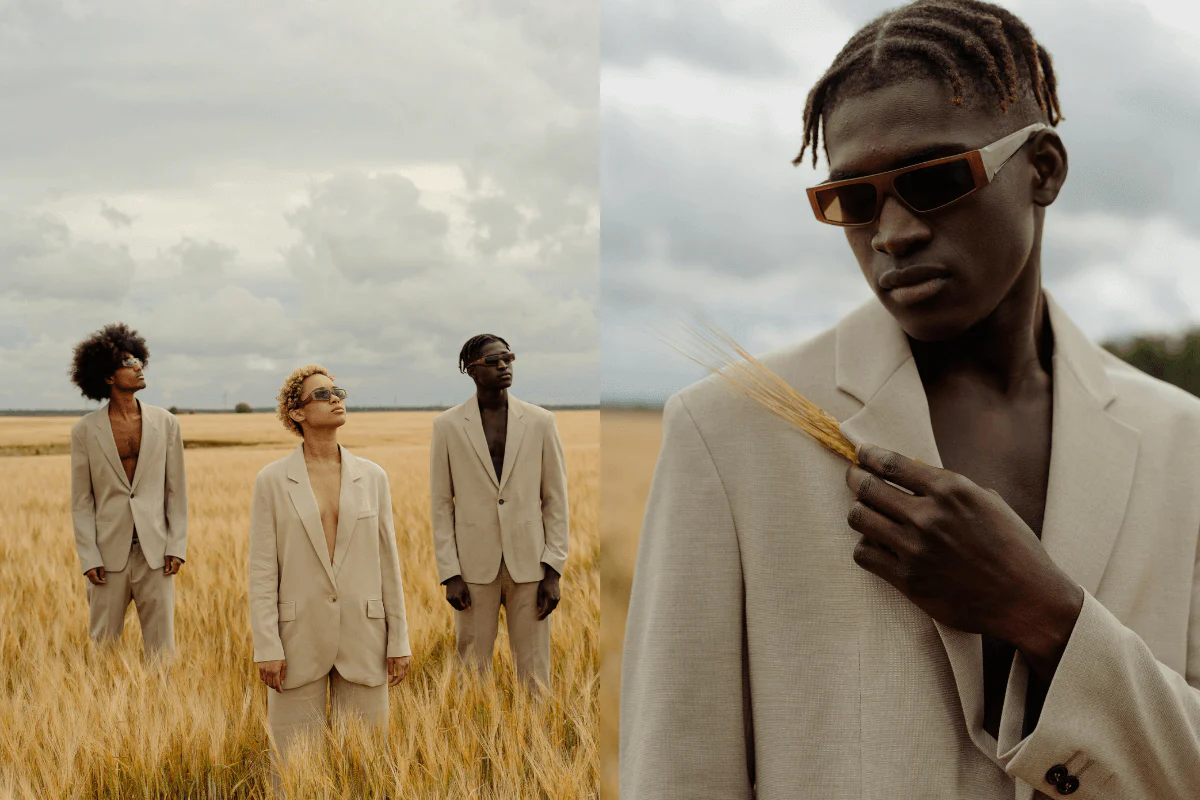While sustainable fashion focuses on minimizing harm, regenerative fashion takes a step further—it aims to actively restore the environment. Rooted in agricultural and ecological science, this approach uses natural fibers grown through regenerative farming practices that rebuild soil health, increase biodiversity, and capture carbon from the atmosphere. From organic cotton grown with crop rotation to wool from free-roaming sheep on carbon-positive pastures, regenerative fashion reframes clothing as a tool for healing the planet.
Environmental scientists, ethical fashion researchers, and supply chain transparency experts—aligned with E-E-A-T (Experience, Expertise, Authoritativeness, Trustworthiness)—emphasize that regenerative practices must go beyond marketing claims. Verified regenerative farms, traceable fiber sourcing, and life cycle assessments ensure credibility. Leading brands now collaborate with agronomists and Indigenous communities to redesign not only their textiles but their entire production ethos, moving away from extractive systems toward circular, restorative ones.
Regenerative fashion isn’t just an industry shift—it’s a mindset. It invites consumers to think not only about how clothes are made, but how they give back to the earth. As this movement grows, it challenges designers, producers, and shoppers alike to redefine fashion’s relationship with nature—not as a resource to consume, but as a partner to protect and renew.





